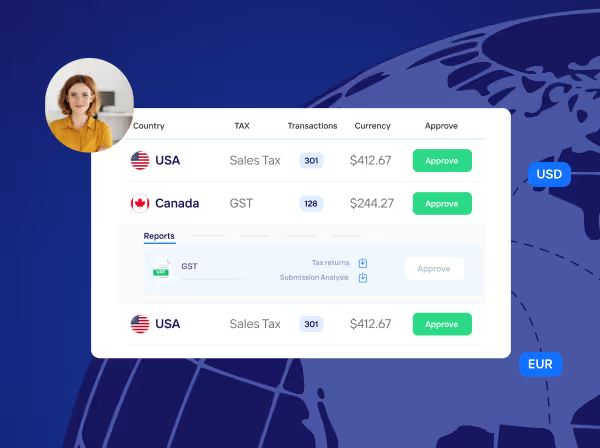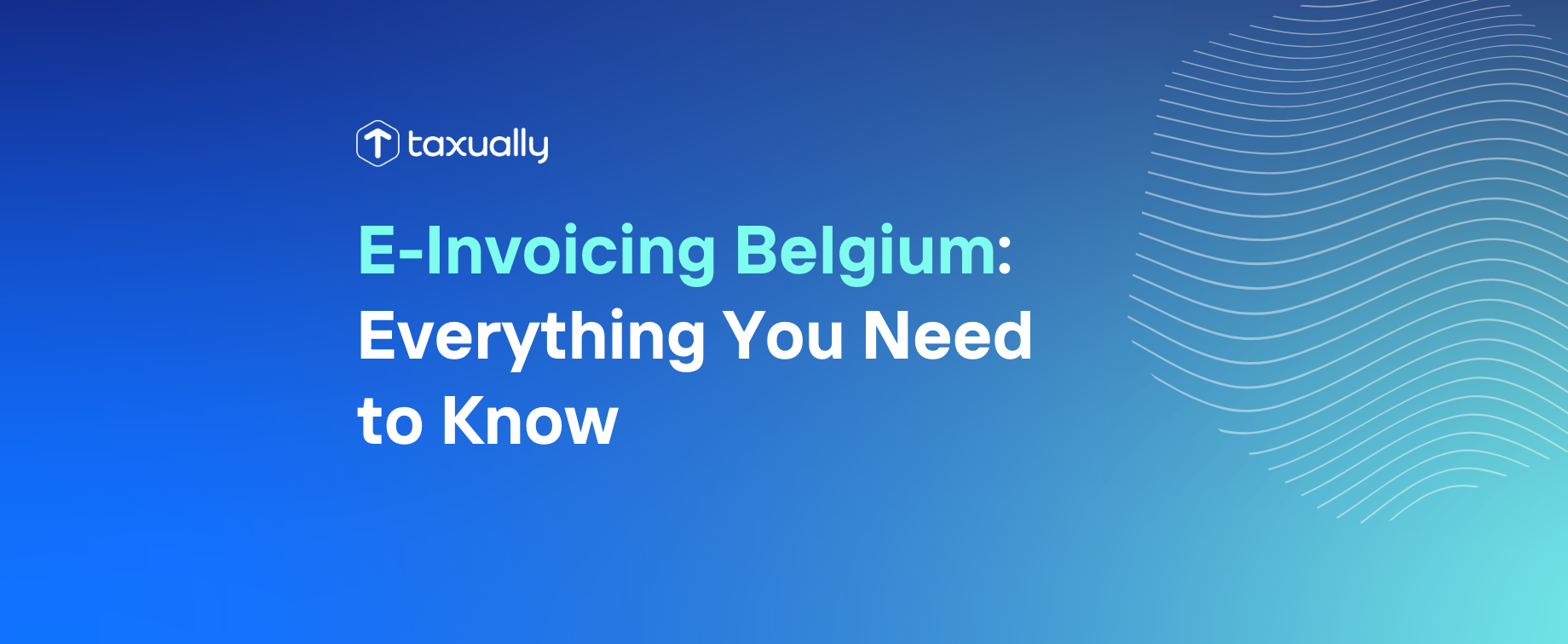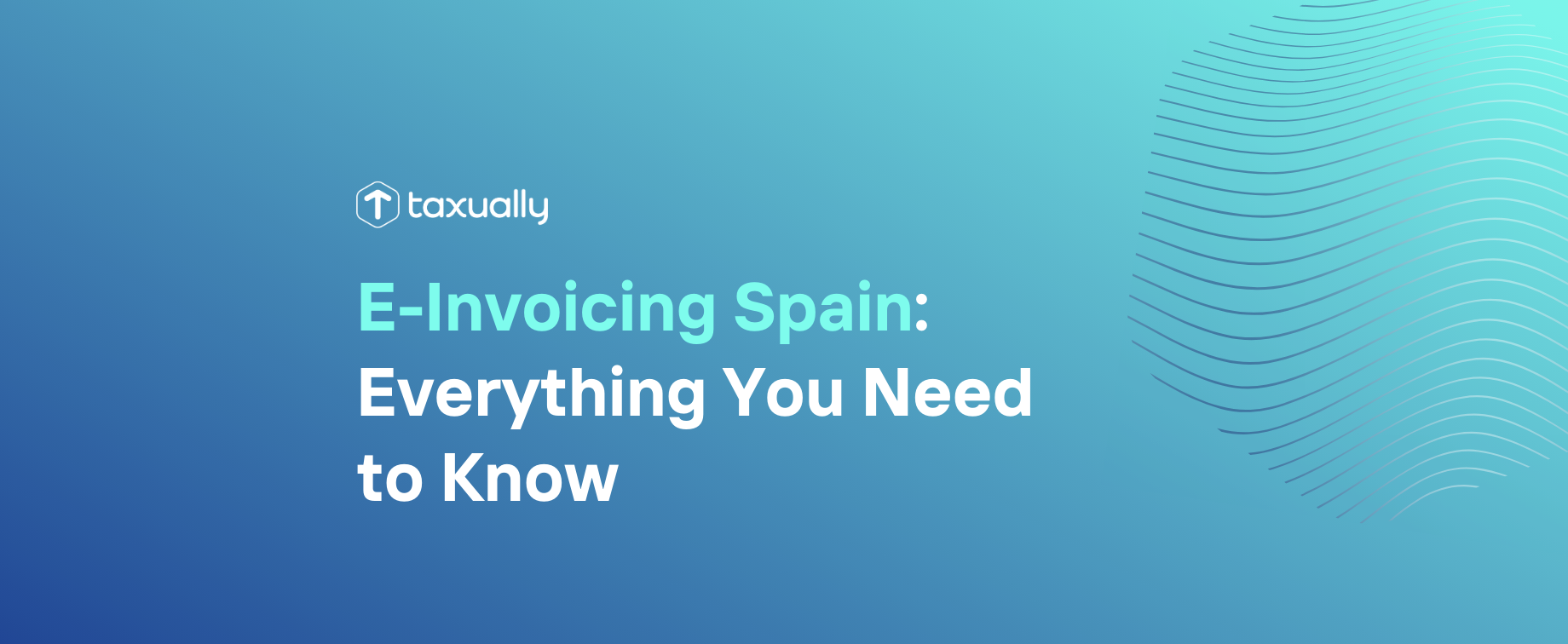Key takeaways
- Input VAT is the VAT paid by a business on its purchases, while output VAT is the VAT charged by a business on the sale of goods and services. Grasping these concepts is crucial for businesses to navigate VAT regulations effectively.
- Input VAT plays a pivotal role in business operations as it can be deducted from output VAT, reducing the overall tax liability. This deduction mechanism helps businesses maintain cash flow and manage output tax effectively.
- Calculating input VAT involves gathering invoices and receipts, verifying VAT information, and adding up the VAT amounts. Output VAT is calculated by determining sales revenue, applying the applicable VAT rate, and calculating the VAT owed.
VAT is a crucial component of many countries' tax systems, and businesses play a pivotal role in its collection and remittance. To effectively navigate the complexities of VAT and VAT rules, it's essential for businesses to grasp the concepts of input VAT and output VAT. In this post, we will delve into these concepts, explore their significance, and look at how they affect businesses.
Understanding input VAT
Input VAT, also known as input tax, is the VAT paid by a business on its purchases of goods and services. It's called 'input' because it's the VAT that is inputted into the business during its operations. Essentially, this tax represents the VAT that a business has incurred while buying goods and services from other businesses.
How input VAT works
Here's a simplified example of how input VAT works in practice:
Imagine you own a bakery, and you buy flour and sugar from a supplier. Let's say the total cost of these ingredients is €100, and the VAT rate is 20%. This means you will pay €20 in VAT on this purchase. This $20 is your input VAT.
Now, you use the flour and sugar to make cakes that you sell in your bakery. Let's say you sell a cake for €20, including a 20% VAT of €4. When you collect this €4 from your customer, it becomes your output VAT.
The crucial role of input VAT
Input VAT plays a crucial role in business operations, as it can be deducted from output VAT, reducing the overall tax liability. The input VAT deduction mechanism allows businesses to minimize their tax burden and maintain healthy cash flow.
Your VAT return should reflect the deduction of input VAT from the output VAT for the same period, ensuring that businesses pay only the net VAT amount. This prevents overpayment or underpayment of taxes and assists in managing output tax.
Eligible expenses for input VAT deduction
To be eligible for input VAT deduction, expenses must be related to the company’s activity and supported by proper documentation. Examples of eligible expenses include business expenses such as purchases of goods and services for conducting taxable transactions. However, certain exceptions and limitations may apply to expenses, such as entertainment and living expenses.
Understanding output VAT

Output VAT, also known as output tax, is what a VAT-registered business charges to its customers on the sale of goods and services. Essentially, it's the VAT that flows out of a business when it makes a taxable supply to its customers. This tax is collected by the business on behalf of the government and is, in turn, remitted to the tax authorities.
Charging output VAT on sales
Businesses must charge output VAT on taxable supplies, using the appropriate VAT rate based on the type of goods or services provided. The VAT rate varies depending on the country and the type of goods or services being sold, with some countries having multiple rates, such as a standard rate and a reduced rate.
Remitting output VAT to tax authorities
Remitting output VAT involves submitting the collected tax to the relevant tax authorities, usually through periodic VAT returns within the specified VAT period.
The seller or supplier is responsible for collecting the VAT amount from the buyer as part of the sales price and remitting this collected output VAT to the tax authorities. This process ensures that the VAT is ultimately paid to the government, and businesses must ensure they accurately submit their collected output VAT to avoid penalties or legal actions.
Calculating input and output VAT
Accounting for input and output VAT is essential for businesses to ensure compliance and avoid penalties. By accurately calculating input VAT and output VAT, businesses can confidently navigate the VAT landscape and minimize their tax liability.
How to calculate input VAT
Calculating input VAT is a straightforward process:
- Gather invoices and receipts: Collect all invoices and receipts for purchases made by your business that include VAT. These could be expenses like office supplies, raw materials, equipment, and services.
- Verify VAT information: Ensure that the invoices and receipts contain the correct VAT information, including the VAT rate and VAT amount. Mistakes in these documents can lead to errors in your calculations.
- Add up input VAT: Sum up the VAT amounts from all your invoices and receipts. This total represents the input VAT you have paid.
How to calculate output VAT
Output VAT is also simple to calculate and can be done in the following way:
- Determine your sales: Identify the total sales revenue generated by your business that includes VAT. This could be from selling products, services, or any other taxable transactions.
- Calculate VAT on sales: Multiply your total sales revenue by the applicable VAT rate. The result is the output VAT you owe to the tax authorities.
Input VAT vs output VAT - determining the difference
Now that you've calculated both input and output VAT, you can determine the difference:
- Subtract input VAT from output VAT: Subtract the total input VAT you calculated earlier from the total output VAT. If your input VAT is greater than your output VAT, you will be eligible for a VAT refund. However, if your output VAT exceeds your input VAT, you will owe the difference to the tax authorities.
- Report and remit: Make sure to report your VAT calculations accurately on your VAT return and remit the appropriate amount to the tax authorities on time. Failure to do so can result in penalties and interest charges.
Reasons for an input VAT deduction being rejected
A tax authority may reject an input VAT deduction for several reasons. For example, if the invoices or receipts lack necessary information, such as the VAT identification number of the supplier, a clear description of goods or services, or proper evidence of the transaction's legitimacy, the deduction could be denied.
The tax authority may also reject a VAT deduction if they suspect fraudulent activity or non-compliance. This could include situations where the claimed deduction exceeds the taxpayer's actual VAT liability, or if there are discrepancies in the reported VAT amounts compared to the records of the supplier.
Why understanding input VAT and output VAT matters

Navigating VAT regulations and compliance requires businesses to have a clear understanding of VAT rules. Adopting best practices and gaining a clear understanding of the requirements for input and output VAT allows businesses to reduce their tax burden and comply with VAT laws.
Input VAT: The tax you pay
It's important to have a good grasp of input VAT:
- Cash flow management: Properly accounting for input VAT allows businesses to manage their cash flow more effectively. By reclaiming the VAT paid on expenses, businesses can reduce their VAT liability, freeing up funds for other purposes like investment, expansion, or day-to-day operations.
- Cost control: Understanding input VAT helps businesses accurately assess the true cost of their inputs. This, in turn, enables better cost control and pricing strategies, as businesses can factor in the tax implications of their expenses.
- Compliance and avoiding penalties: Failing to account for input VAT correctly can lead to compliance issues and potential penalties. Businesses that claim too much input VAT may be subject to audits and fines, while those that understate their input VAT may miss out on legitimate deductions.
- Competitive advantage: Competing in today's marketplace requires efficiency. Businesses that can effectively manage their input VAT can often offer more competitive prices, potentially attracting more customers.
Output VAT: The tax you collect
Understanding output VAT is also crucial for businesses:
- Compliance: Accurate calculation and collection of output VAT are essential for complying with tax regulations. Failure to charge the correct amount of output VAT can result in legal and financial consequences.
- Revenue stream: For many businesses, output VAT represents a significant source of revenue. Mishandling this aspect of taxation can negatively impact a company's financial health.
- Tax invoicing: Proper understanding of output VAT is vital for issuing correct tax invoices. In many jurisdictions, businesses are required to provide invoices that meet specific VAT requirements. Errors in these invoices can lead to disputes and delays in payment.
- Reconciliation: Businesses must reconcile the output VAT collected with the input VAT paid to ensure they are correctly reporting and remitting the tax. Understanding this process is essential to avoid discrepancies and penalties.
Conclusion
Understanding input VAT and output VAT is not just a matter of tax compliance; it's a fundamental aspect of sound financial management for businesses. Effective management of input VAT can improve cash flow and cost control, while accurate handling of output VAT is essential for revenue generation and compliance. Businesses that invest the time and resources into mastering these concepts are better equipped to navigate the complexities of VAT, reduce tax-related risks, and position themselves for long-term success in today's competitive business landscape.
Do you need help with your VAT compliance? Book a free call with one of our VAT experts to find bespoke solutions for your business, optimize your VAT costs, and reach millions of new potential customers.
Frequently asked questions
New Year's Day - 1/1/2024Memorial Day - 5/27/20244th of July - 7/4/2024Labor Day - 9/2/2024Thanksgiving Day - 11/28/2024Day after Thanksgiving - 11/29/2024Christmas Eve - 12/24/2024Christmas Day - 12/25/2024
What is input and output VAT?
Input VAT is the value-added tax added to the price of goods and services a business buys, while output VAT is the value-added tax that is charged on the sales of goods and services to consumers and businesses if the seller is registered for VAT.
Is VAT input an expense?
Yes, VAT input is an expense as it's the amount of tax added to goods or services purchased for a business. This would fall under the category of 'other expenses' on a business’s income statement.
How is input VAT calculated?
Input VAT is calculated by taking the taxable base and applying the applicable VAT rate to it, then adding the corresponding VAT amount to all purchase invoices.
What happens if input VAT is greater than output VAT?
If your input VAT is higher than your output VAT, it means that the company is currently in a VAT credit position with the ability to receive reimbursement for the credit.



















